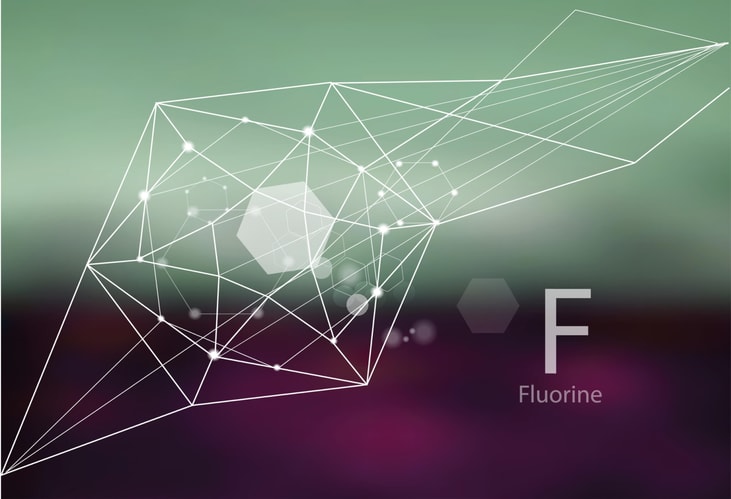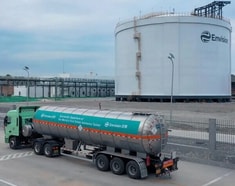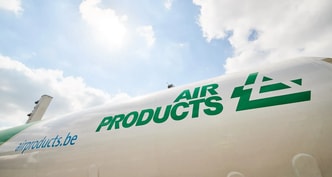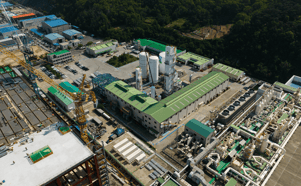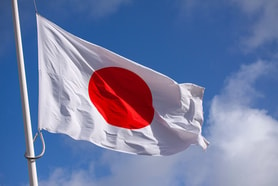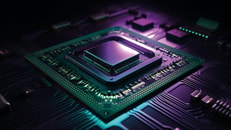Gas report: Fluorine
What do frying pans, toothpaste and the atomic bomb have in common? The answer relates to a highly reactive halogen-type gas called fluorine. The gas has also found itself as a key component in a range of industries including the pharmaceutical sector, plasma etching in semiconductor manufacturing and cooling and refrigeration.
Discovery and properties
Fluorine was first isolated in 1886 by French chemist Henri Moissan, who electrolysed potassium bifluoride, producing small quantities of the gas. Known for its pale yellow colour, fluorine is the most electronegative and reactive of all the elements.
It can also form compounds with virtually all other elements. Its ability to form strong bonds with carbon makes it a key component in the pharmaceutical and materials industries. The gas’ reactivity also enables its role as an essential element in various chemical processes.
... to continue reading you must be subscribed

